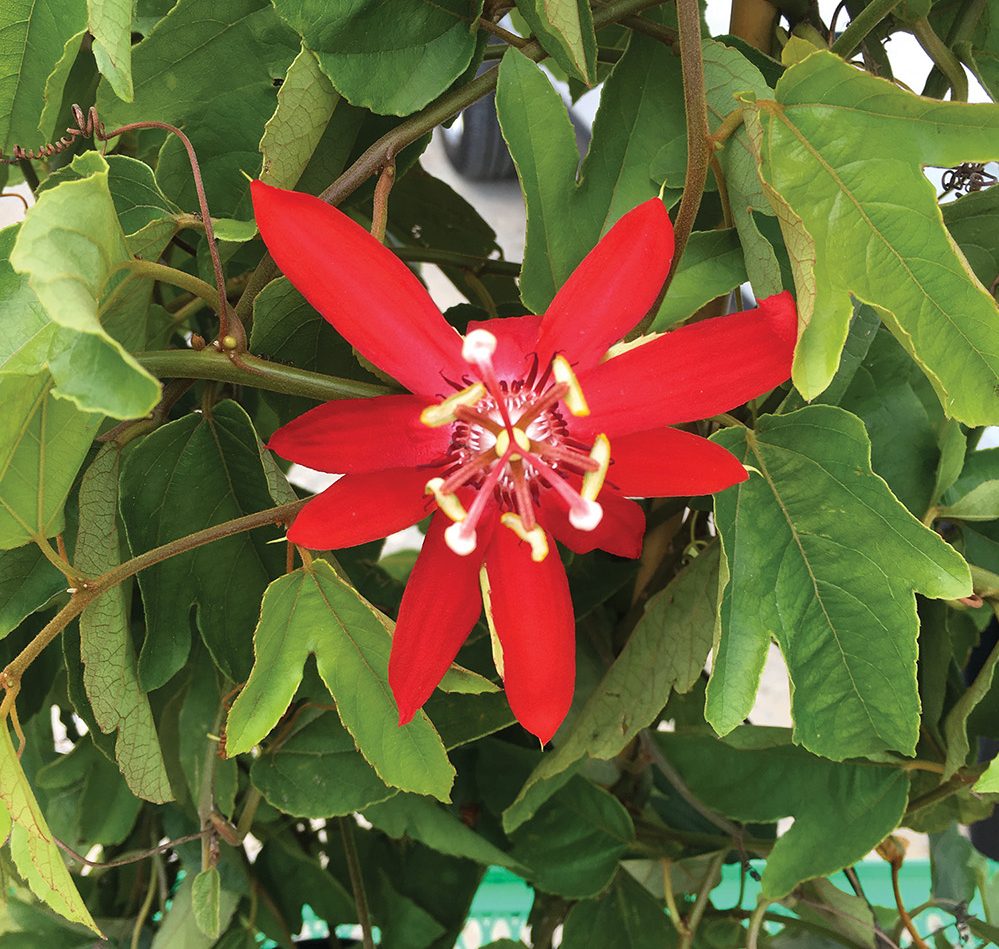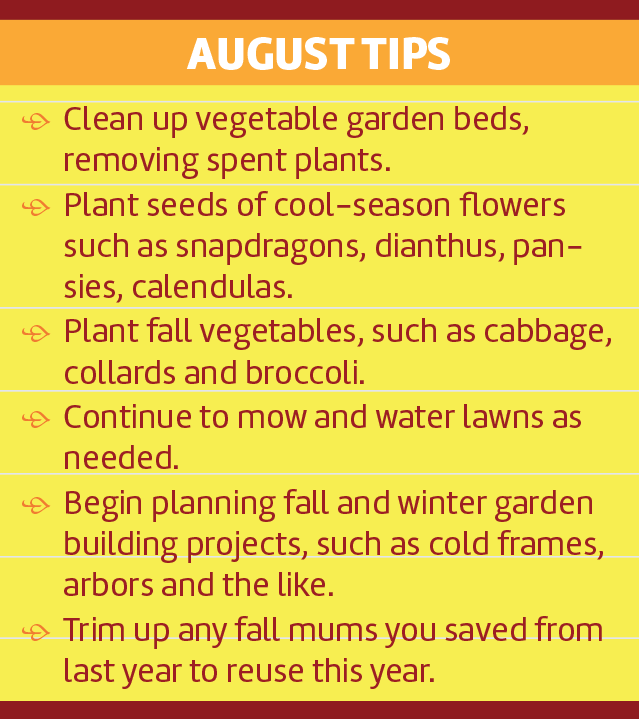
Native plants, those denizens of Alabama’s natural terrain, are increasingly popular choices for Alabama’s cultivated landscapes. And well they should be, because they are as necessary to our wellbeing as they are beautiful to our eyes.
Alabama is home to some 4,000 different species of native plants, 28 of which grow only in our state, and we are ranked fifth in the nation for plant biodiversity. While some of these plants are endangered and protected, many are readily available for use in our gardens. So many, in fact, that it may be hard to choose which ones to plant.
To get some advice on making those selections, I turned to John Manion, curator of the Birmingham Botanical Gardens’ Kaul Wildflower Garden. As curator, Manion tends the largest collection of native plants in the state — about 900 at last count — but he also tends to the education of others by sharing his knowledge as often as possible, and sharing it with delightful and compelling enthusiasm.
Manion’s enthusiasm stems from several factors, chief among them the roles native plants play in our ecosystem. “Until a few decades ago, the image of native plants was sort of kumbaya and peasant shirts,” Manion says. “But they have really come to the fore now as people have begun to understand that native plants are essential to our survival.”
According to Manion, the book Bringing Nature Home: How You Can Sustain Wildlife with Native Plants by Doug Tallamy, which eloquently explains humankind’s interconnectedness with native plants and the other animals they support, was a major catalyst for this growing appreciation of native plants.
It doesn’t hurt their popularity, though, that native plants can also make the hard work of gardening easier. Manion noted that this doesn’t mean natives are easier to establish than other plants, but once they are established, natives requires less attention because they tend to be drought and pest tolerant and longer lived, among many other fine attributes.
“They have evolved here over thousands of years, so they are well adapted to Alabama’s growing conditions,” Manion explained. “Natives just know what to do.”
 But natives have another huge plus for Manion — they feel like home. “These plants are part of where we are,” he says. “I have nothing against other plants, but I personally want plants that feel and look like I am in Alabama.”
But natives have another huge plus for Manion — they feel like home. “These plants are part of where we are,” he says. “I have nothing against other plants, but I personally want plants that feel and look like I am in Alabama.”
So how can you begin to surround yourself with plants that feel like home? Start with a few native plants that are as adaptable as they are beautiful, for which Manion offered suggestions. He actually offered lots of suggestions, and sang the praises of each, but in this limited space here are simply the names (common and scientific) of 10 plants he adores, all of which tolerate a variety of growing conditions, are easy to find in retail outlets and, best of all, are gorgeous.
In the groundcover category, Manion recommended green-and-gold (Chrysogonum virginianum), pussytoes (Antennaria plantaginifolia) and yellowroot (Xanthorhiza simplicissima). If you’re interested in flowering perennials, try an herbaceous native such as lance-leafed coreopsis (Coreopsis lanceolate), Stokes aster (Stokesia laevis) and ironweed (Vernonia fasciculata).
Looking for a native vine? Manion suggested coral honeysuckle (Lonicera sempervirus), passion flower (Passiflora incarnata) and climbing hydrangea (Decumaria barbara). Ferns, such as the Christmas (Polystichum acrostichoides) and southern shield (Thelypteris kunthii) ferns, and grasses, such as woodoats (Chasmanthium sessiliflorum), are also great choices for a variety of uses and environments.
The Kaul Wildflower Garden, which has more than six acres of native plants to wander among. Or if you’re interested in growing your knowledge of native plants, consider signing up for Manion’s Certificate in Native Plant Studies program. You can learn more at bbgardens.org.
Katie Jackson is a freelance writer and editor based in Opelika, Alabama. Contact her at katielamarjackson@gmail.com.





